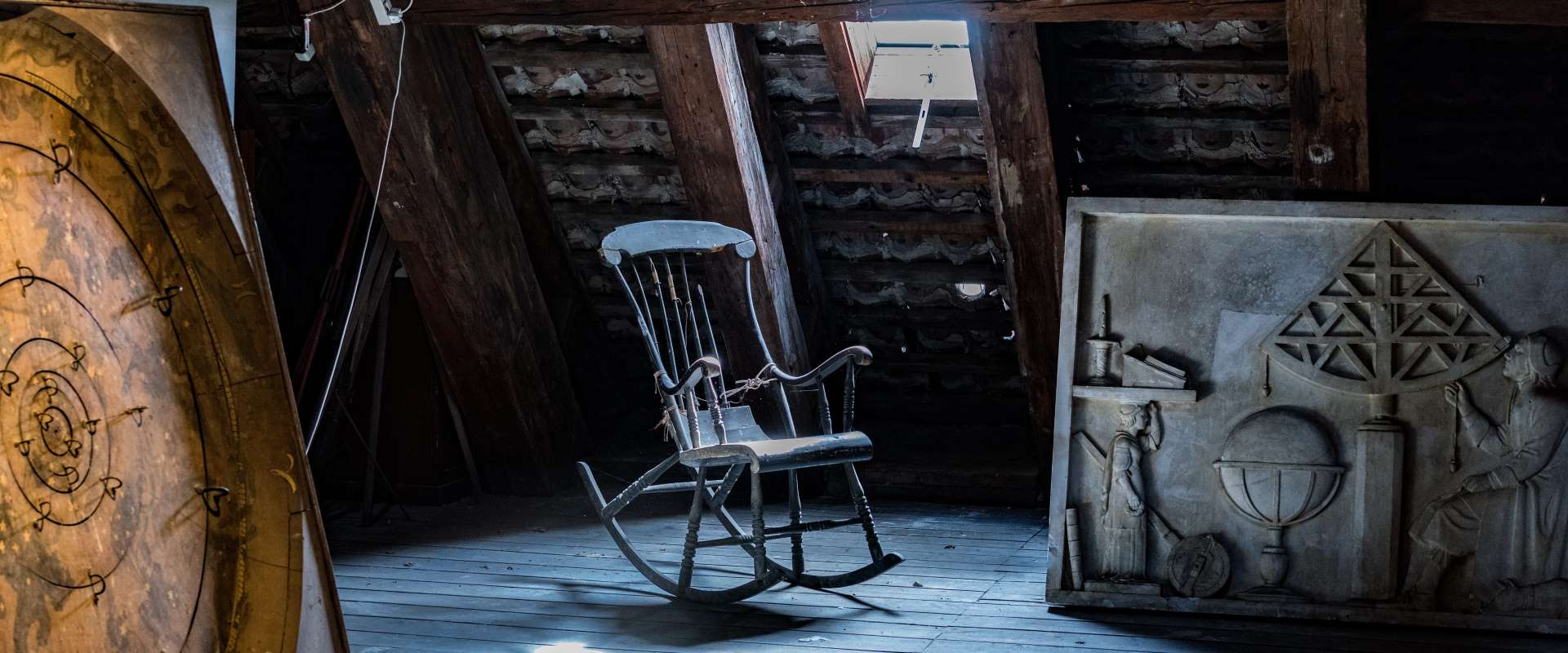
Photographs are visuals memories of the past, but they are vulnerable to damage. Depending on the way we handle, store and display our photographs will have an impact on how long they last. Here are some commonsense rules on how to care for your photographs at home.
Poor handling is the main causes of photo damage – always handle photographs on the edges, as your fingerprints will leave permanent marks. If a photo is torn or creased avoid using sticky tape – this will eventually dry up and possibly leave a stain or fade the photograph. When handling very old black and white photographs wear cotton gloves, just to be sure.
Heat, light, water, pollution and insects can damage photographs.
Storing your photographs.
Store your photographs in a clean, cool, dark and well-ventilated area that remains at a fairly constant temperature. Avoid storing in garages, on the floor, hot water cupboards and sheds.
The storage materials in direct contact with your photographs need to be of the best quality. There are conservation quality storage boxes and acid free envelopes available to purchase for your photographs. Using a photographic album can provide excellent protection, there are acid free albums and non-toxic albums readily available. It is recommended to no longer use the old photograph albums with the sticky cardboard and plastic covers, these can be very damaging to your photographs. Most of us have these albums in our homes – it is best to leave them now as removing the photographs may cause extra damage.
Store your negatives separately from your prints, and in individual sleeves for your precious negatives. Glass negatives should be stored upright in a sturdy box with each slide separated by a sleeve.
Displaying your photographs.
It is best to have a digital copy of your image on display instead of the original. However if this is not an option do not display them in a sunny position this will fade the image, or above fireplaces as high temperatures and smoke can damage the photograph. Never pin up a photograph or use sticky tape or glue this will cause lasting damage. Never laminate a photograph – this is irreversible and over time the laminate will damage the photograph. You cannot get a good scan off a photograph once it has been laminated.
It is important to have information of the photograph – the names of people, places, dates etc. It is best not to write on the back of the photo but have a separate piece of paper with that information stored with it. If you do decide to write on the back use a soft pencil (2B) and print softly at one of the edges.
Framing a photograph.
A frame not only improves the appearance of your photo but also protects it. If you choose a professional framer – ask them to do it to ‘conservation standards’. This will ensure they are using the best materials to conserve your image. And finally make sure the photographs are hung securely on your wall, where they cannot be bumped or knocked.
Digital photographs.
These are vulnerable to damage just like other photographs. It is impossible to say how long our digital images will last. But best practise is to back up your images regularly and have your images stored on your hard drive and on separate discs or drives. Digital images are so easy to produce but that means more photographs – try and keep good files of your images are have them named by topic, date, etc. Scanned images are great to give to friends but they will not last as long as the original – so always keep the original in a safe place.
Looking after a museum textile collection is a very complex scientific process there is light, temperature, humidity and off gassing to consider when displaying and storing items. The light in New Zealand is so strong it can damage textiles permanently and that is why most of Shantytown’s textile collection remains in storage.
Generally the word Textile refers to woven fabrics – but in heritage collections it has a broader meaning and can include costumes, rugs, dolls, parasols, shoes, patchwork, quilts and needlework samplers. All textiles are fragile to many elements – light, temperature, dust, dirt and insects just love textiles. Providing a dust free and temperature and humidity controlled environment ensures longevity to your items. Follow these basic steps to keep your textiles safe for years to come….
Handling: Make sure your hands are clean when handling and remove jewellery items that could catch on the textile and cause damage. When handling always support the weight evenly and if moving items put them in a box to be moved. Don’t carry on a hanger without using your arms for additional support.
Flat storage: Storing textiles flat is the preferred method of storage. Use an old sheet – preferably white so you have no cross – colour of dye and wrap your special item in the sheet making sure that the folds are rolled and padded using acid free tissue rolled in a sausage and placed in the folds and not pressed flat. You can store these large items on a shelf a large chest or chest of drawers in a dry place inside your home. Objects such as shoes, hats or baskets should only be stored in flat shelving or boxed with a lid. It is best to wrap items in acid free tissue but an old sheet or pillow case to stop the dust getting through will be suffice.
Hanging storage: you can hang clothing on padded hangers – you can make these yourself using Dacron (polyester padding) and unbleached calico. Use a metal or wooden hanger that is strong and pad out and cover with the calico. The clothing should be hung with all fastening closed and finally covered with a fabric bag and labelled.
Rolled storage: items can also be rolled using a large cardboard or plastic roll. Pad the roll with Dacron and calico then roll your item using acid free tissue or a white sheet interleaved with the item as it is rolled. Make sure the rolled item is secured with cotton cord and labelled.
Display: If you have items you want to display in your home – just remember light is the most damaging to your textiles. This not only fades the colours but will make the textiles fibres unstable. Once an item is damaged from light this is irreversible. Museum practise advises you only display textiles between 3-6 months – but if you want your item to be on permanent display – ensure it is kept away from direct light (including artificial light), away from a heat source and that the display technique will not put any strain or damage your item. For example if you want to display a tapestry have it professionally framed using conservation standards – you can request this at your framers.
Cleaning: Washing a textile is an irreversible process as the dye can bleed; the fabric can shrink or even disintegrate! The best way to remove dust and dirt is to use a vacuum brushing technique. If you can turn down the suction on your vacuum even better – and place panty hose on the nozzle and use the brush tool attachment and gently wipe over your item. If an item needs a thorough clean – contact a Conservator for advice.
Wood is strong, flexible, and versatile and a working material but it needs just as much care as all your furnishings. Wood must be given the right environment and be handled appropriately to maintain its good condition.
Causes of deterioration.
Extremes of temperature, humidity fluctuation and biological attack are the main causes of deterioration to your wooden items.
Hot and dry conditions will cause wood to shrink and crack, whilst cold and damp conditions will cause wood to swell and warp. House borer is so common in New Zealand and can only be removed using harsh chemicals. Mildew and wood rotting fungi are very destructive to your furniture and your buildings. Good air circulation helps reduce mould growth
Keep your furniture out of direct sunlight – this will cause fading and deterioration to the finish on the wood and its fabrics.
How to clean your wooden objects:
Dust regularly with a slightly dampened cloth, after dusting, buff the surface with a dry soft cloth.
Polish with wood wax (recipe below) once per year or use a microcrystalline wax (Museum wax).
Some DO NOT’s
RED OIL POLISH and other polishing oils (NOT TO BE USED ON ANY WOOD) attract dust, oxidises, hardens to a film, and creates a matt dull finish. Not only does it darken and discolour the wood but the damage is irreversible.
Unfinished wood should not be wet cleaned – just use a soft dry cloth
Stripping furniture is not recommended
Simple restoration you can try at home:
Blushing: White haze over lacquer/varnish remove with turpentine and OOOO steel wool – polish the whole item with turpentine and the steel wool – do the whole surface and re-wax when finished.
Chipping and scratches: used a wax or shellac stick to fill in the surface.
Cracking/crazing: Re-dissolve varnish/lacquer using a solvent (metholated spirits or alcohol) brush over the crack until it softens then continues to brush until it is smooth. Then re-wax.
Dents: place a wet pad (cotton ball if a small dent) over the dent and steam with an iron – this may work for some dents – the older the dent the harder it is to expand. Be careful not to place the iron directly on the wood. Basically you are steaming the wood and helping it to swell up again. Dents mainly occur on softer woods eg: pine and mahogany
White spots/rings: This is caused from moisture getting into the varnish – using the ooo grade steel wool, oil and turpentine mixed together (any oil cooking, baby etc) and softly polish the spot away – this may cause the part treated to become shiny – if so you’ll have to apply the same treatment to the rest of the piece. If the spots or mark does not disappear – it means the moisture has made its way through to the wood – and there by you’ll have to use varnish thinner to remove the varnish and start again.
Turpentine: can be use to cut back vanish on a wooden surface it is great for removing dirt and mould build up without removing shellac or varnish.
Wood wax: Hard wax is the best to use, not only will you have to wax once a year (or quarterly with frequently use items eg: dining table) it will also help to protect the surface from scratches and bumps. Use a lint free cloth and polish horizontal then vertically or until a nice shine appears. The wax will harden and for in between waxing just use a dry cloth to polish.
Pest removal: Wood worm – if objects are small enough place into a plastic bag seal and stick them into the freezer for 7-10 days this will kill borer. Kerosene – inject into holes using a syringe. Kerosene will not harm your objects it will penetrate the wood and evaporate – but the odour will live on and deter the wood worm.
Homemade Wood Wax.
Refined Bees Wax 1kg
Mineral Turpentine ½ measure to bees wax
Canuba Wax 2 tablespoons only – hardener
Heat on an electric stove – lowest setting until it is mixed together and has butter like consistency. Cool and store is glass jars.
*These 3 ingredients are totally inert and no mould/mildew growth will form on the surface (as the sugar contained in the Bees wax prevents this).

Open Hours: 9 am – 4 pm
Closed: Christmas Day
Morning Train Times: 10.45 am & 11.45 am
Afternoon Train Times: 1.15 pm, 2.15 pm & 3.15pm